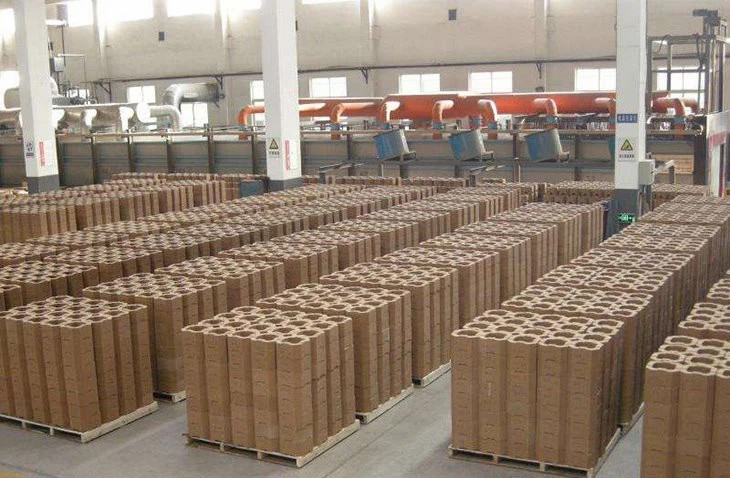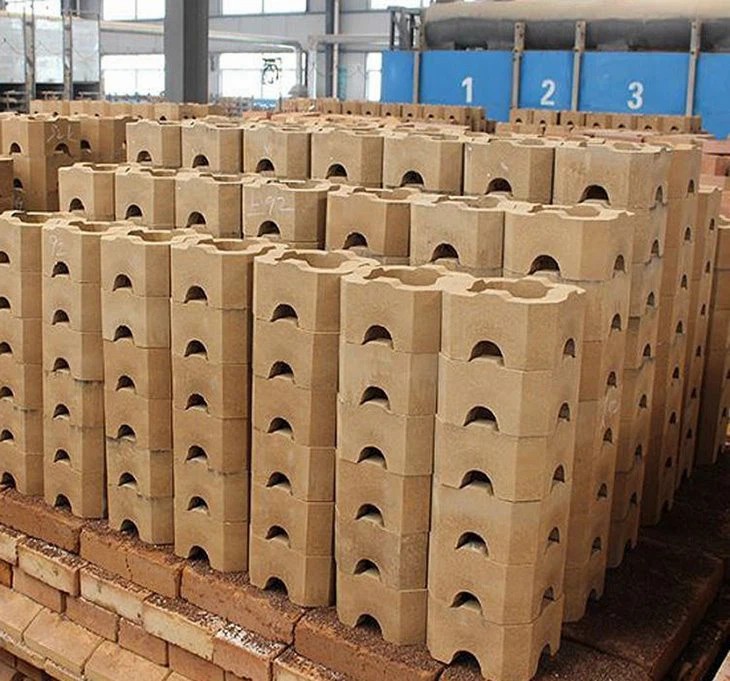PRODUCTS
Magnesium Brick
The raw material of magnesium brick production mainly relies on magnesite. The production process of magnesia brick is to mix dead burned magnesia (particles below 5 mm to fine powder) with an appropriate amount of sulfite pulp waste liquid or caustic magnesia as the binder under the press molding. Magnesium brick components are: metallurgical magnesia , sulfite pulp waste liquid, caustic magnesia. Advantages High temperature resistance Resistance to alkaline slag erosion ability is strong Multi mineral composition, strong alkalinity, high density Magnesium brick has good thermal conductivity a
Composition: Premium materials such as high alumina oxide, magnesium oxide, and silicon carbide, with customizable composition based on client requirements.
Form: Available in powder, brick, board, and castable forms to suit various application needs.
Refractoriness: Standard range from 1200°C to 1800°C, with options for higher temperature customization.
Application Fields: Widely used in industries such as steel, cement, glass, and petrochemicals for furnace lining and insulation.
Packaging: Options include 25 kg bags, bulk bags, and custom packaging solutions compliant with global transportation standards.
Introduction
Our experienced R&D team can customize the material, form, and size according to your specific application needs while ensuring compliance with international quality standards. With rigorous quality control and advanced production facilities, we guarantee products with high refractoriness, excellent compressive strength, and long-lasting durability. Whether you are in the steel, cement, glass, or petrochemical industry, we are your trusted partner, supporting the success of your projects.
For customization inquiries, please feel free to contact us. We will provide tailor-made solutions based on your requirements.
Magnesium Brick Details
The raw material of magnesium brick production mainly relies on magnesite. The production process of magnesia brick is to mix dead burned magnesia (particles below 5 mm to fine powder) with an appropriate amount of sulfite pulp waste liquid or caustic magnesia as the binder under the press molding. Magnesium brick components are: metallurgical magnesia, sulfite pulp waste liquid, caustic magnesia.
Advantages
High temperature resistance
Resistance to alkaline slag erosion ability is strong
Multi mineral composition, strong alkalinity, high density
Magnesium brick has good thermal conductivity and low thermal insulation

Precautions
High thermal conductivity, second only to carbon brick and silicon carbide brick in refractory products
The thermal shock resistance is poor, so the purity of magnesium brick can improve the thermal shock resistance
The ability to resist acid slag is very poor. It can not be directly contacted with silicon brick when used. Generally, it should be separated by neutral brick
Hydration resistance is poor, water is easy to hydrate, and produce cracks, reduce its strength. Therefore, in the storage and transportation should pay attention to moisture, rain and snow
Application
Magnesium brick can withstand high temperature heat load of liquid steel and molten slag, flow scouring of fluid and chemical erosion of liquid steel and strong alkaline slag, so it is widely used in high temperature industries such as steel, metallurgy, glass and cement
Physical And Chemical Indicators
|
Brand Properties |
MD92 |
MD95 |
MD97 |
MD98 |
|
|
Bulk density(g/cm3) |
2.90 |
2.95 |
3.00 |
3.00 |
|
|
Refractoriness under load T2 (ºC) |
1550 |
1650 |
1700 |
1700 |
|
|
Apparent Porosity (%) |
18 |
16 |
15 |
15 |
|
|
Cold Crushing Strength(MPa) |
55 |
60 |
70 |
80 |
|
|
Thermal shock resistance 950deg air cool (times) |
10 |
10 |
10 |
10 |
|
|
Composition(%) |
MGO |
92 |
95 |
97 |
97.5 |
|
CaO |
2.5 |
2.0 |
1.6 |
1.2 |
|
|
SiO2 |
3.5 |
2.5 |
1.2 |
0.6 |
|
Welcome to contact us!













